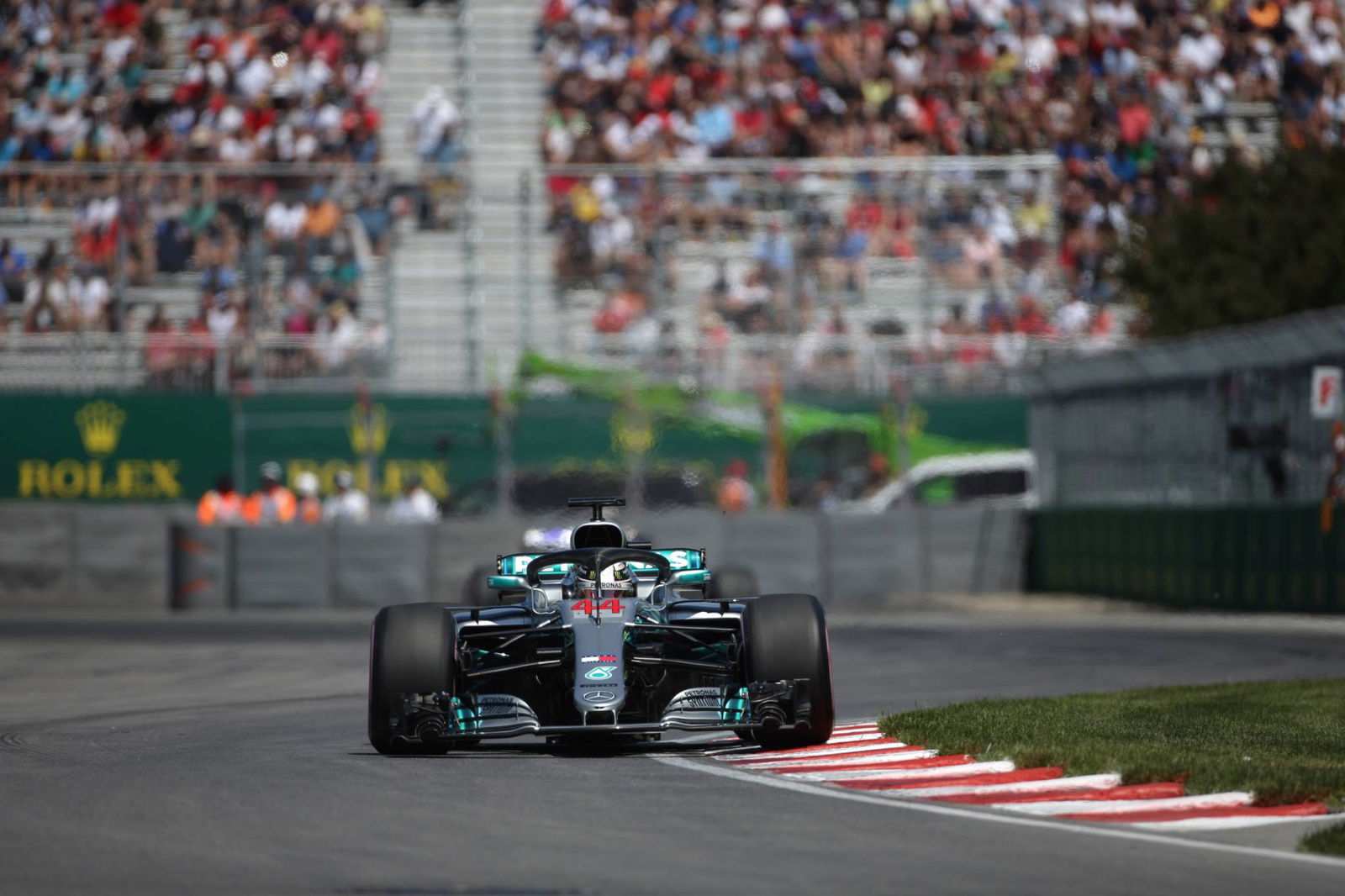Mercedes ran old F1 engines to 'full benefit" in Canadian GP
Mercedes ran its Formula 1 engines to the same limit in the Canadian Grand Prix as it had during the opening race in Australia without any “additional management”.
The reigning world champions had planned to follow rivals Ferrari and Renault in introducing upgraded power units in Montreal, but a last-minute reliability concern forced the team to push back the update until the next race in France.

Mercedes ran its Formula 1 engines to the same limit in the Canadian Grand Prix as it had during the opening race in Australia without any “additional management”.
The reigning world champions had planned to follow rivals Ferrari and Renault in introducing upgraded power units in Montreal, but a last-minute reliability concern forced the team to push back the update until the next race in France.
As a result, the works team and fellow customers ran the same-spec engine as it had at the season-opening Australian Grand Prix and was the only engine manufacturer to continue using its original 2018 power unit for the seventh round of the campaign in Canada.
But chief strategist James Vowles insisted running older engines for a seventh straight race had no impact on how hard Valtteri Bottas and Lewis Hamilton were able to push in Canada en route to their respective finishing positions of second and fifth.
“In terms of what happened in the race with Valtteri and Lewis, both of them drove the power unit as they did in the first race,” Vowles said in Mercedes’ post-race debrief video. “There was no additional management, no additional switches, or modes or turn-downs, we were effectively using the power unit to its full benefit.
“What happened with Lewis was an entirely unrelated chassis cooling event, nothing to do with the engine itself. And you saw with Valtteri he was able to use it with good effect, second in qualifying and maintaining that second in the race.”
Hamilton’s race was hampered by early cooling issues that caused his engine and his W09 to overheat, but Volwes said the Briton dealt with the problem well.
"We had on the chassis side a cooling issue that appeared very, very early on in the race, it appeared during the safety car and what it meant was that the power unit was becoming very warm,” he explained.
"We tried a number of counter measures, both through switch changes that Lewis was able to complete for us, and through driving style, so Lewis was really adapting to the situation as best he could, to stabilise and keep the temperatures under control.
"Lewis did a good job, and we were able to get somewhere reasonable in the first stint of the race, but we were still too warm.”
The issue ultimately forced Mercedes to stop Hamilton earlier than planned in order to add extra cooling to his car by carrying out minor aerodynamic tweaks.

"We knew that we had various elements in our cooling configuration that are removable," he said. “There are two losses here, the first is that during a pit stop itself you're asking the guys to do a fairly complex job in a short space of time.
"The second is that the car, as it goes back on track again, is in a slightly different aerodynamic configuration, simply because panels that were there have been removed.
“The guys did a fantastic job, and by the time the guns came back on to put the wheels back on again they were removing their hands from the car. How much slower was the car out on track? It was a matter of a few milliseconds from what we did with the cooling change.
“But more importantly, it gave us the ability to use more of the power unit performance and gave Lewis a car that now wasn't struggling like it was in first stint of the race, so he could go back and attack others. Just unfortunately the damage was done far too early in terms of his race and his performance, which just meant that fifth was all we could get with him on the day.”


